


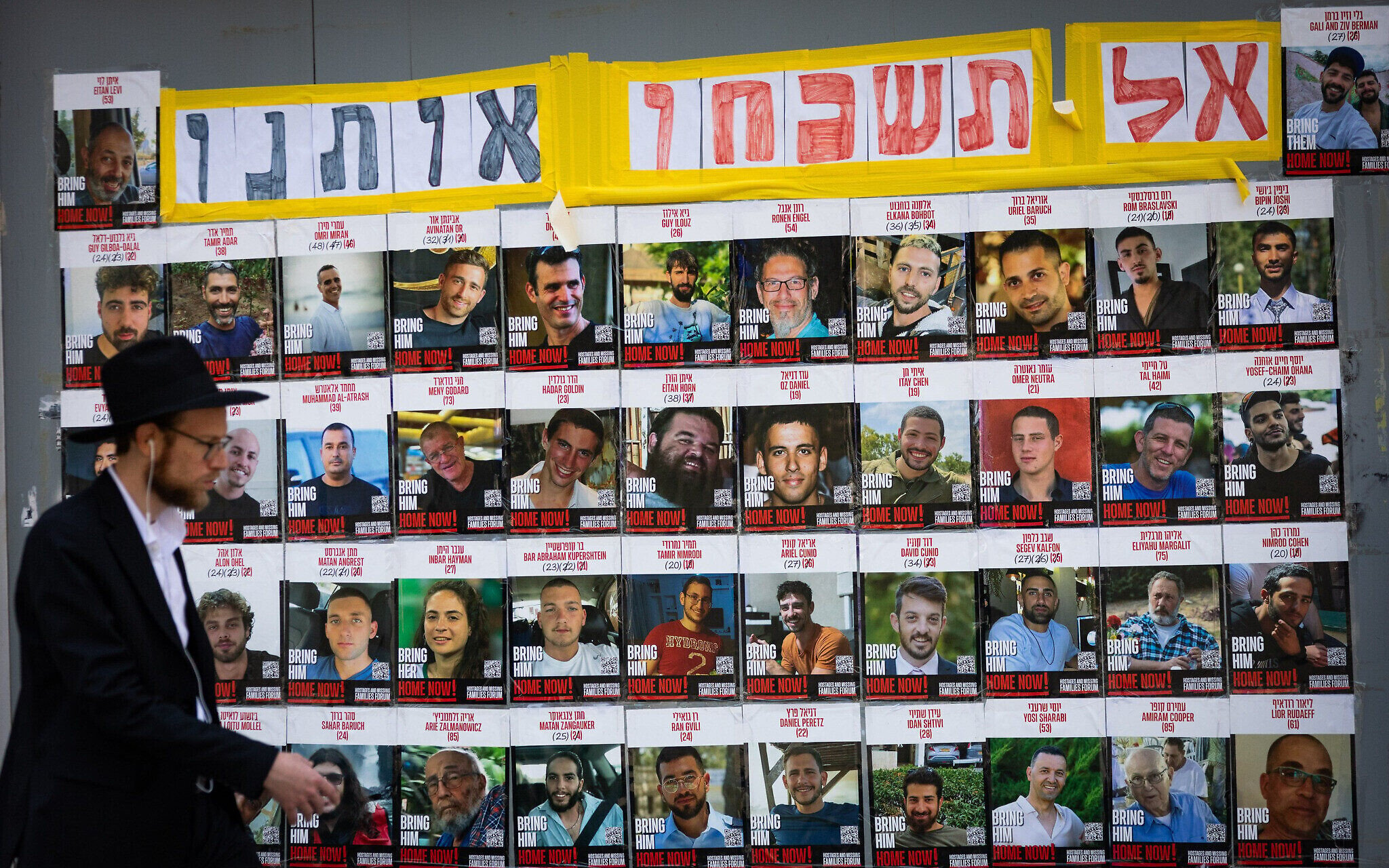
Just before Prime Minister Benjamin Netanyahu departed for Washington on Sunday to meet with US President Donald Trump, he was reportedly presented information about the medical condition of each of the 20 remaining living hostages, which is said to serve as the basis of who will be chosen to be freed during the hostage-ceasefire deal that is seen to be nearing agreement.
The medical information given to Netanyahu and some senior ministers and aides will be used in discussions, both internal and with mediators, about which hostages’ releases will be prioritized, Channel 12 reported on Sunday.
According to the report, senior cabinet ministers said after the information was presented that “we will have difficulty prioritizing [the hostages],” because “they are all humanitarian [cases].”
The outline of the deal, as it currently stands, would see about half of the living hostages and about half of the dead hostages held by terror groups in Gaza returned to Israel over 60 days, in five separate releases.
Eight living hostages would be freed on the first day and two released on the 50th day, according to an Arab diplomat from one of the mediating countries. Five slain hostages would be returned on the seventh day, five more on the 30th day and eight more on the 60th day. That would leave 22 hostages still held in Gaza, 10 of them believed by Israeli authorities to be alive.
The deal has yet to be finalized, and there has been no definitive statement on whether Israel or Hamas would be the one to determine which 10 of the 20 living hostages would be freed under its terms, and according to which criteria.
As part of the outlet’s report, Channel 12 shared excerpts from the medical files of each living hostage, to highlight the difficulty in deciding between them based on medical priority.
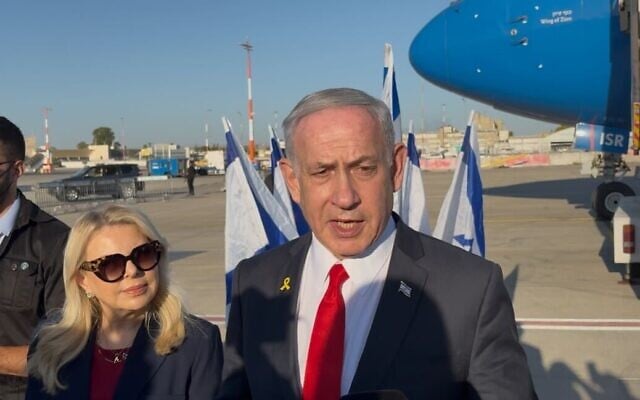
According to the report, Alon Ohel, 24, who is held captive alone, is in a condition that puts him “at high risk” for blindness.
Yosef-Haim Ohana, 24, is suffering from severe mental illness.
Avinatan Or, 32, is facing a severe shortage of food and water.
Matan Angrest, 21, was severely abused during captivity and could face permanent disability.
Elkana Bohbot, 36, faces severe mental health issues that have not been treated.
Gali and Ziv Berman, both 27, are both thought to be suffering from mental and physical illnesses.
Rom Braslavski, 21, suffers from asthma and is wounded in both arms.
Guy Gilboa-Dalal, 22, and Evyatar David, 23, who are thought to be held together, have faced extreme abuse and severe hunger.
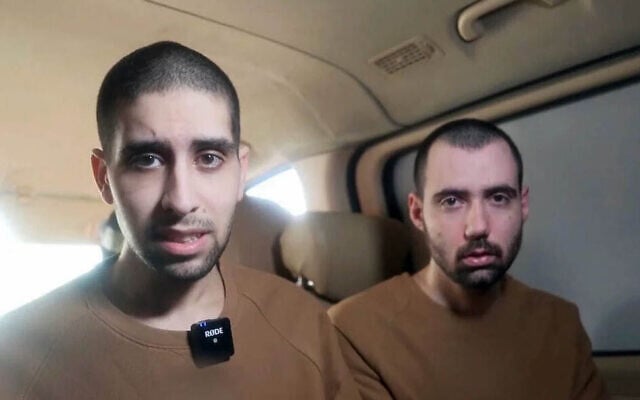
Eitan Horn, 37, suffers from a chronic illness that has not been treated.
Maxim Herkin, 36, has an injured arm. Nimrod Cohen, 20, has faced severe interrogations by his captors.
Segev Kalfon, 27, suffers from post-traumatic stress disorder and a “deteriorating” mental condition.
Bar Kuperstein, 23, faces serious malnourishment and other health issues.
Ariel and David Cunio, 26 and 34, are both thought to have been held in harsh conditions, and there is a lack of information about their conditions.
Omri Miran, 46, suffers from malnourishment and has been held in isolation.
Eitan Mor, 23, is held in harsh conditions and there is serious concern for his health.
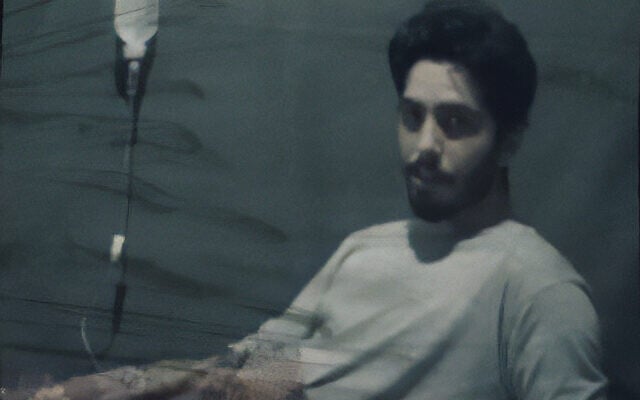
Matan Zangauker, 25, is held in isolation and suffers from muscular dystrophy.
In addition, there is “serious concern” for the lives of Tamir Nimrodi and Bipin Joshi, due to a lack of any signs of life since they were captured.
Unlike in the previous ceasefire-hostage release deals, according to Channel 12, the same authorities that presented the medical information of the hostages to the cabinet did not rank them in terms of medical priority; instead, they left that choice up to the political decision-makers.
According to the report, the meeting ended without a decision on who would be prioritized, and that decision will be made when talks begin on the deal’s implementation.
Israel dispatched a team of negotiators to Doha on Sunday after Hamas said Friday that it had responded positively to a US- and Israel-backed proposal. The first round of indirect talks was said to end inconclusively late Sunday night.
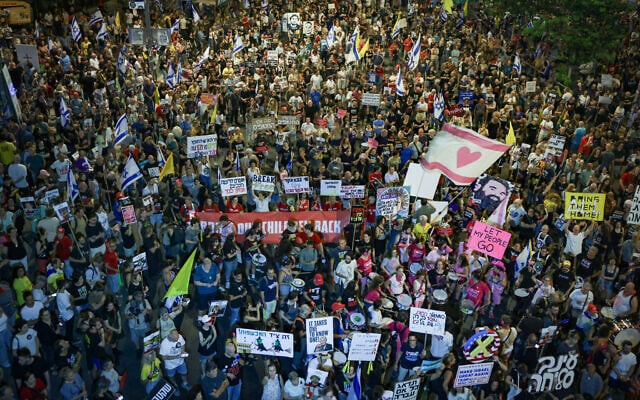
Also on Sunday, Idit Ohel, the mother of hostage Alon Ohel, told Channel 12 in an interview that the thought that one hostage being on the list of release means that another will have to stay behind is “extremely difficult.”
The interview was aired from Washington, where Ohel traveled ahead of the premier’s visit, to “look decision-makers in the eye.”
Her son is held alone in harsh conditions, she said, and is severely injured in his eye, adding that she needs to “take this information in without the ability to do anything about it.”
“I can’t help him, I can’t give him food,” she said, tearing up. “I can’t come and hug him, nothing.”
“The time has come” for an agreement, she said. “Alon needs to come home.”
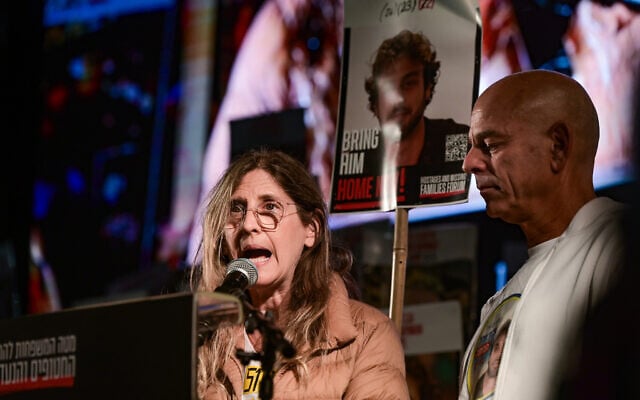
The Hostages and Missing Families Forum on Saturday criticized the partial deal, saying “we should not conform to the various ‘Schindler’s lists’ being dictated,” in reference to the roughly 1,200 Jews who survived the Holocaust by being chosen to work in Oskar Schindler’s factory. In a statement, the forum said it had been “possible to bring them all back long ago.”
The Forum added that the method of releasing hostages via selective lists and in phases creates “unbearable uncertainty” for the families.
“All of the abductees could have been returned for rehabilitation and burial many months ago, if only the government had chosen to do so rather than operate based on considerations of political survival,” it added.
Hostage families have previously compared partial deals to the Nazi “selection” of Jews who arrived at death camps, between those who were sent straight to the gas chambers and those who were kept alive for forced labor.
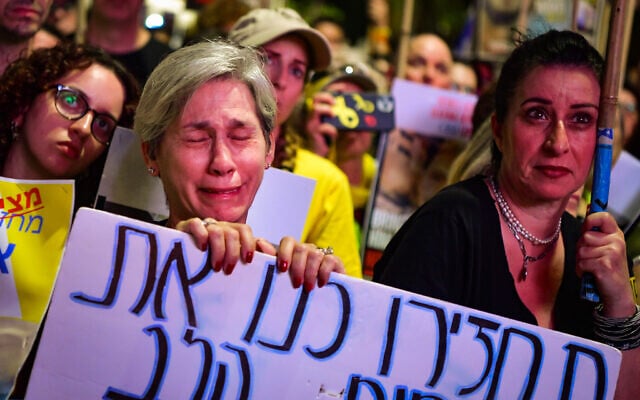
Terror groups in the Gaza Strip are believed to still be holding 50 hostages, including 49 of the 251 abducted by Hamas-led terrorists on October 7, 2023. These 50 include the bodies of at least 28 confirmed dead by Israel, including an IDF soldier killed in 2014.
Twenty of the hostages are believed by Israeli authorities to be alive, and there are grave concerns for the well-being of two others, Israeli officials have said.
Since the start of the war, Hamas has freed 140 hostages, largely in two ceasefire deals. It also returned the bodies of eight slain hostages earlier this year. Eight hostages have been rescued alive from captivity by troops, and the bodies of 49 have also been recovered from Gaza by Israeli soldiers.
